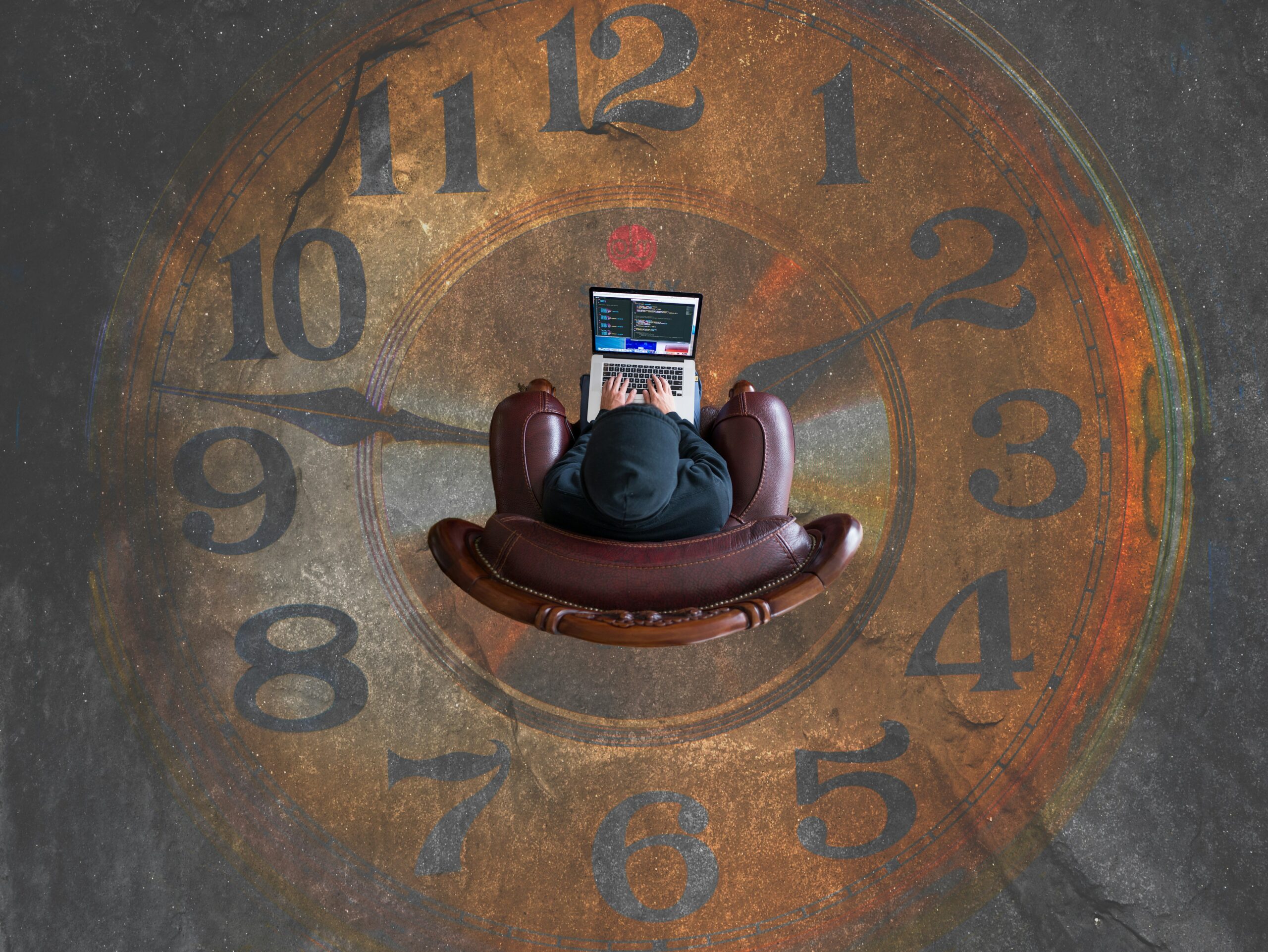
Finding Inner Peace through Salah and Reasoning

Introduction:
Prayer and meditation have long been recognized as powerful tools for finding inner peace. In this blog post, we will explore the practice of prayer, specifically salah, and how it can help individuals achieve mental and emotional well-being. Additionally, we will discuss the importance of reasoning in finding peace and how it can complement the practice of prayer. Through personal stories and practical techniques, we will highlight the transformative power of these spiritual practices.
The Benefits of Prayer and Meditation:
Prayer and meditation have numerous benefits for mental and emotional well-being. When we engage in salah, we enter a state of mindfulness, focusing our thoughts and intentions on connecting with a higher power. This act of surrendering to a greater force can alleviate stress, anxiety, and provide a sense of calm and serenity.
Furthermore, salah allows us to reflect on our actions, seek forgiveness, and practice gratitude. It encourages self-reflection and introspection, helping us gain a deeper understanding of ourselves and our purpose in life. Through regular prayer, we can develop a stronger sense of self-awareness, which is essential for finding inner peace.
Reasoning and Finding Peace:
While prayer is a powerful tool, reasoning also plays a significant role in finding peace. By engaging in critical thinking and logical analysis, we can understand and navigate the challenges and complexities of life. Reasoning helps us make informed decisions, solve problems, and find solutions to conflicts.
When we combine prayer with reasoning, we create a holistic approach to finding peace. Prayer provides spiritual guidance and comfort, while reasoning equips us with the skills to navigate the practical aspects of life. By balancing these two practices, we can achieve a sense of harmony and tranquility.
Incorporating Prayer and Meditation into Daily Life:
It can be challenging to find time for prayer and meditation amidst our busy lives, but with a few simple techniques, it is possible to incorporate these practices into our daily routines.
Firstly, setting aside a specific time for prayer each day can help create a consistent practice. Whether it’s in the morning, during lunch breaks, or before bedtime, finding a time that works best for you will ensure regularity.
Secondly, creating a dedicated space for prayer and meditation can enhance the experience. It can be as simple as a quiet corner in your home or a serene outdoor spot. Having a designated area will help create a sacred space for reflection and connection.
Personal Stories of Finding Peace:
Many individuals have found solace and peace through the practice of prayer and meditation. Their personal stories serve as a testament to the transformative power of these spiritual practices.
One individual, Sarah, shares how salah helped her overcome anxiety and find a sense of calm in her daily life. Through regular prayer, she discovered a deeper connection with herself and a greater sense of purpose.
Another individual, Ahmed, found peace through reasoning and critical thinking. By applying logic and reasoning to his life challenges, he was able to navigate difficult situations with clarity and find inner peace.
Conclusion:
In conclusion, prayer and reasoning are powerful tools for finding inner peace. Through salah, we can cultivate mindfulness, self-reflection, and gratitude. Reasoning equips us with the skills to navigate life’s challenges and find practical solutions. By incorporating these practices into our daily lives, we can experience the transformative power of spiritual practices and achieve a lasting sense of peace.

















